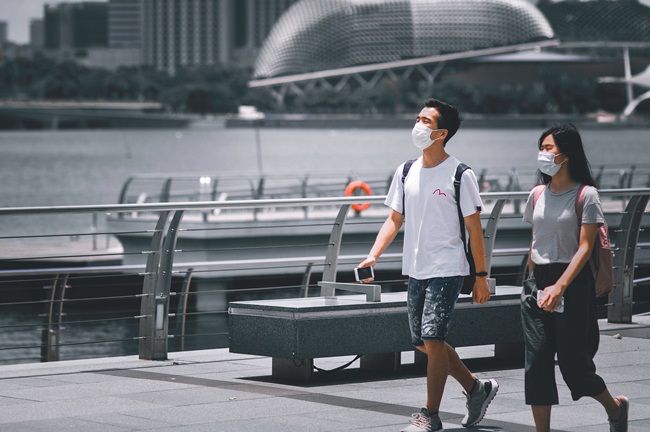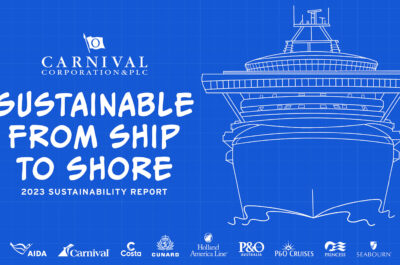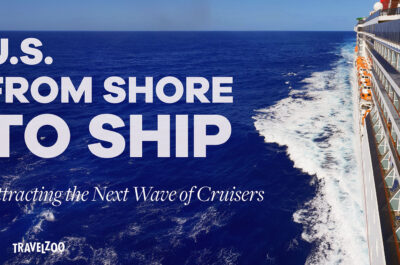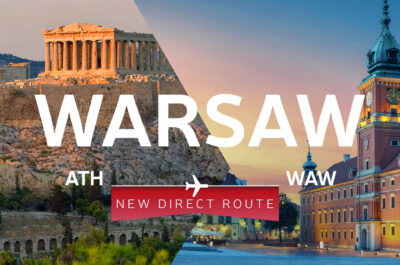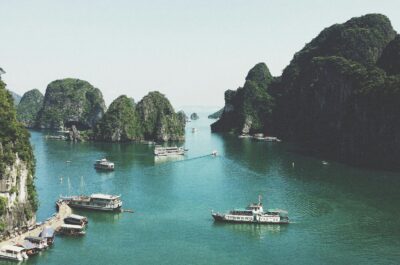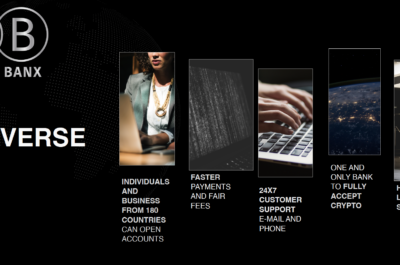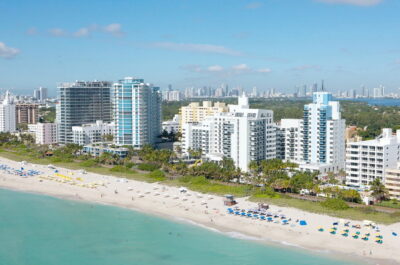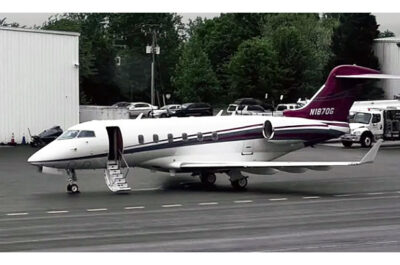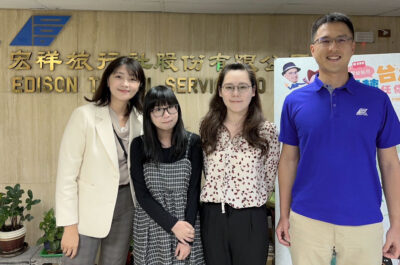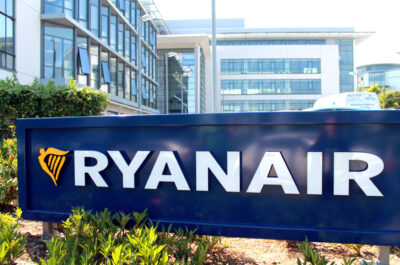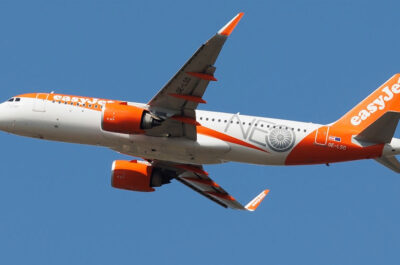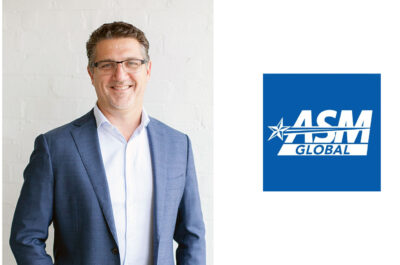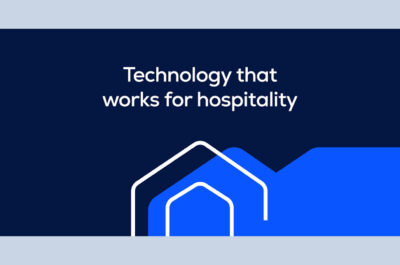The theory of tourism safety and security is applicable for the period of economic deterioration like the current one. It consists of several practical recommendations for businesses that are engaged in touristic activities.
The tourism industry has experienced significant losses due to the pandemic. Historically, the problems related to easily contagious diseases always have their influence on the market economy. So, as a result of public fear factor and official restrictions, travel as a practice became less demanded today, as it obviously carries health and life-threatening risks. Overall, the world environment has changed radically, so most of the businesses affected by the pandemic need to establish new strategies to preserve customers and their place in the market. Thus, to reduce the customers' fear and anxiety, they need to bring health and safety measures and distribute the correct messages.
Is the situation better now?
However, in 2021, the overall situation is slowly improving, and with the eased restrictions, tourism tries to regain its place on the market. However, due to the information overload on social media, people still might be frightened and have concerns about safety issues. To influence their decision-making processes and behavior, qualified tour operators and destinations should spread information about their safe services and programs. To achieve this and reach the maximum of potential customers, businesses and individuals might require outside help. Suitable assistant companies such as socialgreg offer their users a quick and effective boost on social media. However, such service is not limited to businesses and corporations; individuals who wish to raise their or their work's popularity might refer to them as well.
How do external factors change the industry's strategic planning
The external market factors affect business performance and organizational structure directly and indirectly through practices and operational performance. More dynamic changes, such as environmental factors, encourage companies to accelerate or halt product development processes and production and require foreseeing customer needs, more flexible technology, skilled labor, and partner relations. On the other hand, higher competition demands less waste in processes and urges more involved employees and suppliers to improve their performance. Moreover, spurred market competition can require strategies that do new practices, like waste elimination, productivity increases, or the necessity of more intense innovation. Operations managers refer to several operational management practices that increase the efficiency and effectiveness of resources.
Strategic planning
Strategy making is an organization-planted phenomenon that involves decision-making by top managers and other organization members. Strategies result from continuity over time that reflects critical decisions made in the context of organizational and environmental factors, and strategy-making processes are the methods and practices organizations utilize to understand opportunities and threats and make judgments about practical skills and resources. The goal of such decision processes is to fit among essential variables, such as environment and strategy, in order to achieve optimal performance. Also, strategy making is a process that emerges from an organization's culture and reflects the vision of its leaders and shared values of an organization. Various methods have been used to describe the dimensions of strategy-making processes.
Variables of strategy formulation process
There are eleven different strategy-making variables, including adaptation, analysis, integration, proactivity, and risk-taking. The most frequently discussed categories include rationality, interaction, and assertiveness. Rationality contains the standard, confirmed planning method of strategy making, and communication involves administrative, business, and consensus-based activities. Proactive strategy refers to proactive, risk-seeking orientations. In general, the process of strategy formulation and implementation consists of nine general steps:
1. Formulation of objectives
2. Examination of the environment
3. Selecting quantitative uses to the goals
4. The micro process of policy formulation
5. The production analysis
6. Strategic research
7. Picking alternatives
8. Implementation of the strategic plans
9. Estimation, feedback, and control
More outside forces that affect tourism industry
Besides the pandemic, several outside forces shape tourism management's policy: Government regulations – while introducing new standards, organizations are pressured to make decisions according to national law. The changes in legal and economic regulations affect employment and settle employers' and employee's rights. Technological advancement – improvement in technologies, lowers demands on workforce and helps organizations save capital and time resources. Economic conditions – indeed, there are two main attributes of the market environment, complexity, dynamism, and resource availability. Complexity refers to the diversity of external factors. Meanwhile, dynamism shows the level of change in these factors. The third feature, resource availability, contains competition as well. Also, in highly competitive and dynamic environments, managers see markets as more unstable. Indeed they find profitability as a more complex goal to achieve.
The theory of tourism safety
The theory of tourism safety and security is applicable for the period of economic deterioration like the current one. It consists of several practical recommendations for businesses that are engaged in touristic activities. The proposals include creating teams that specialize in safety and security, employee training, development of partnerships, and constant information exchange between local law enforcement, tourism authorities, and the private sector.












